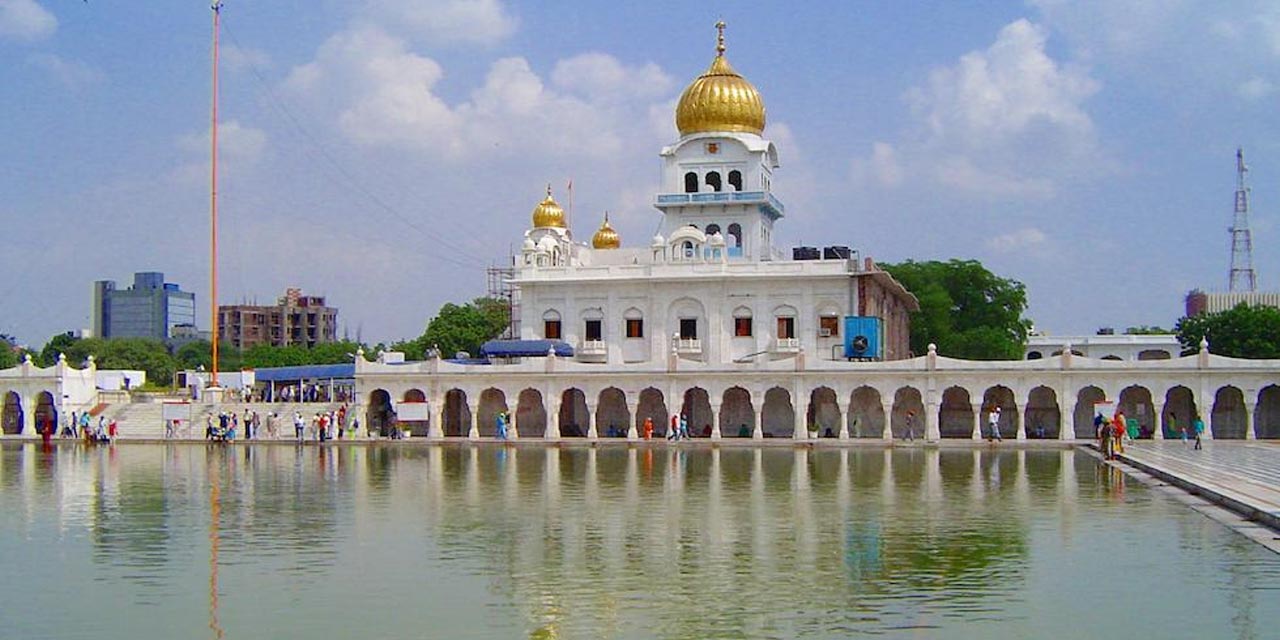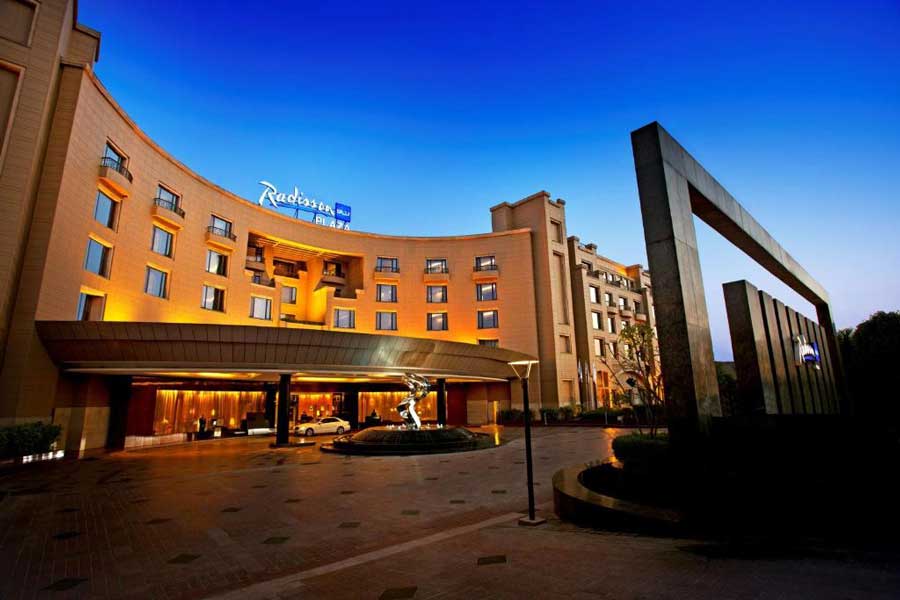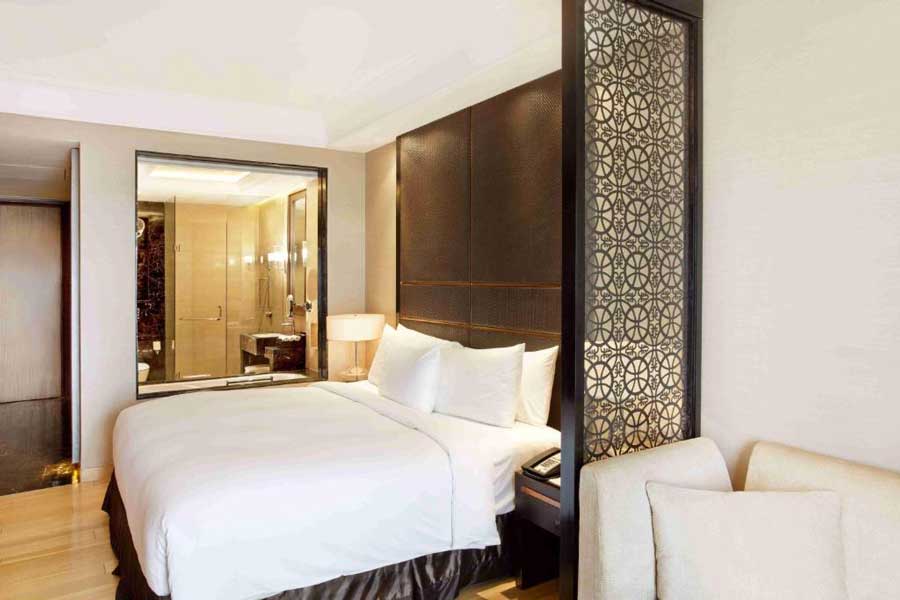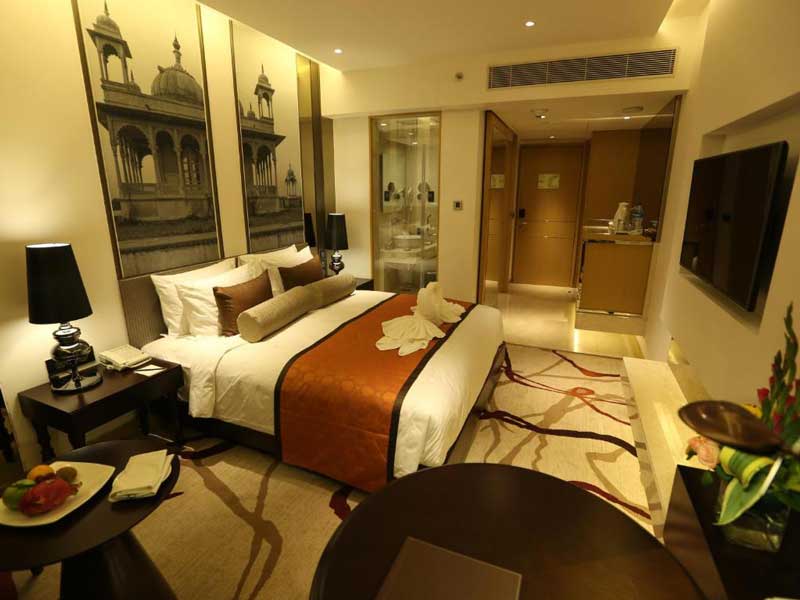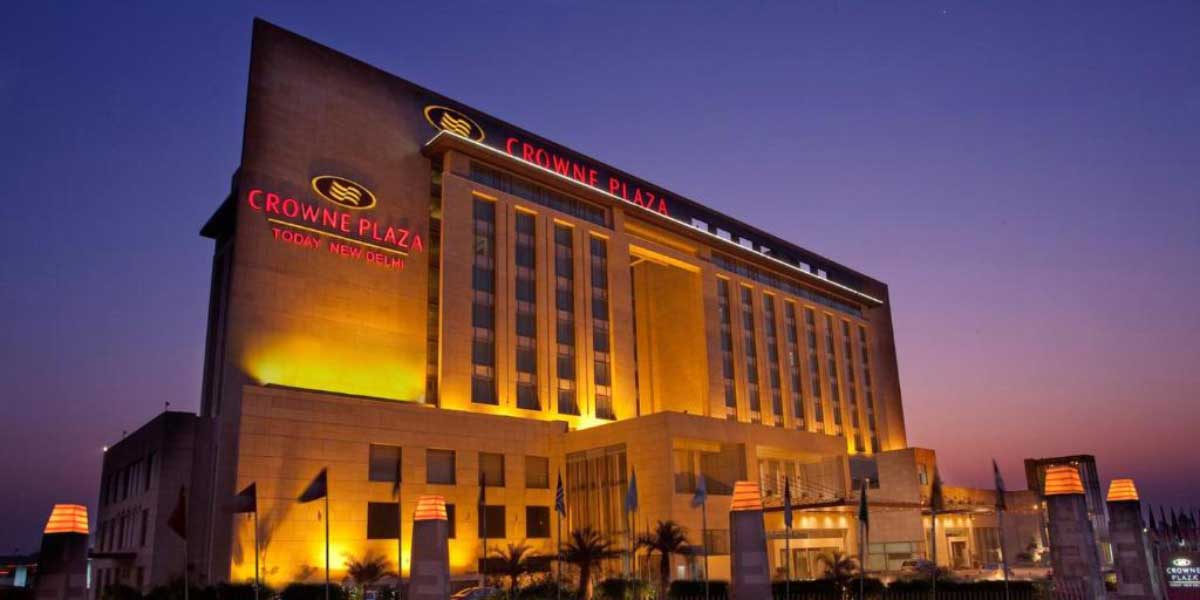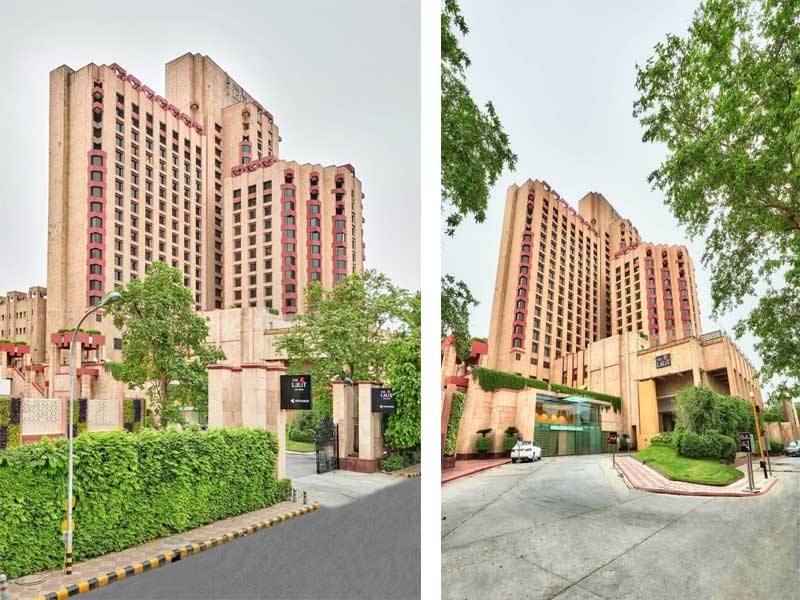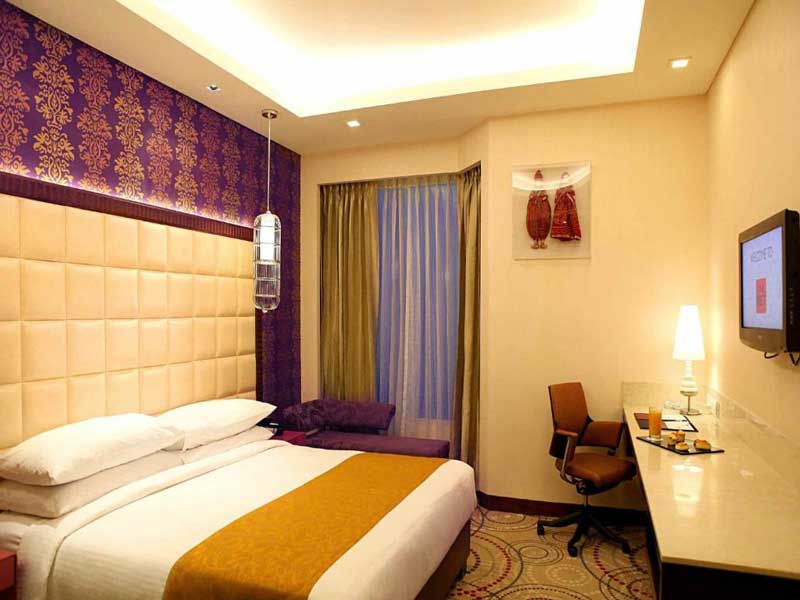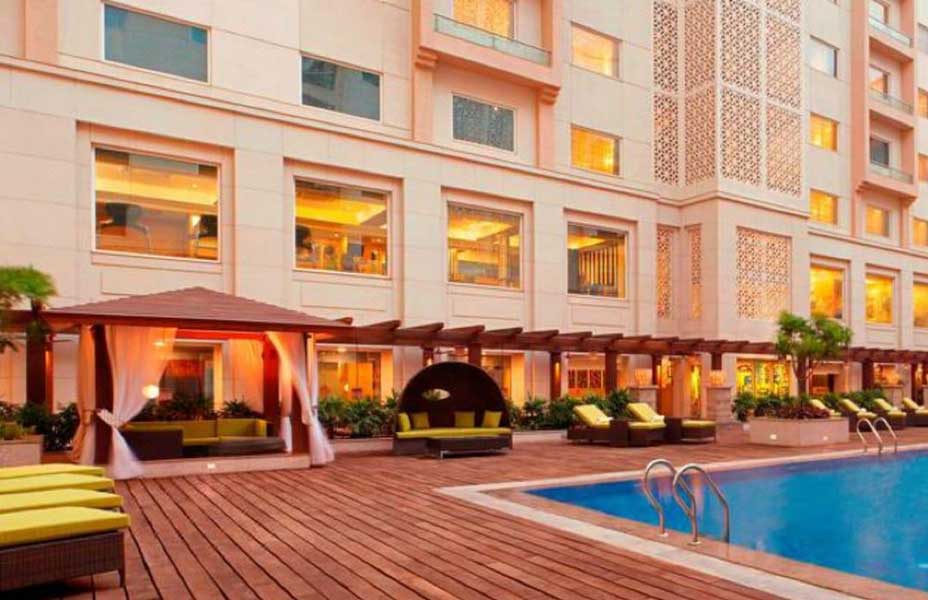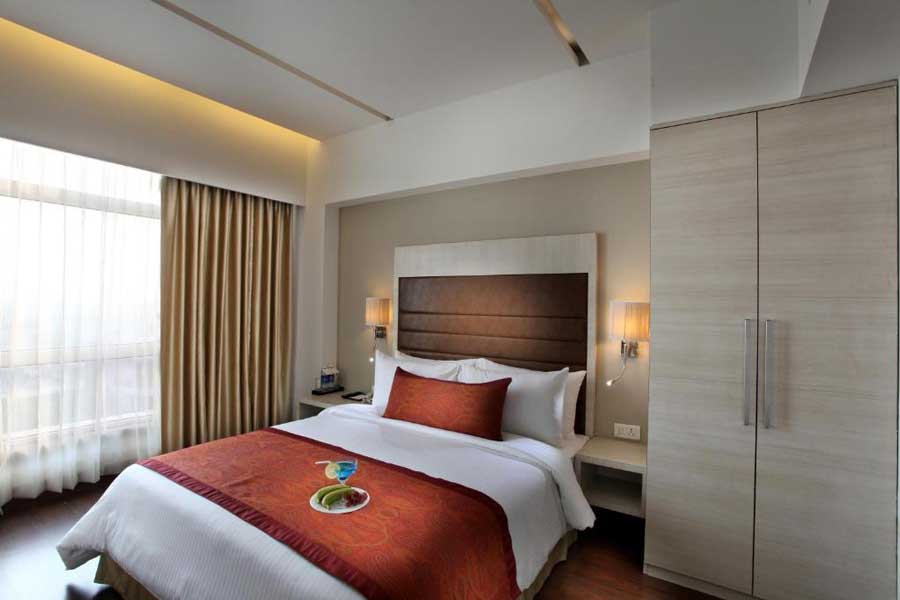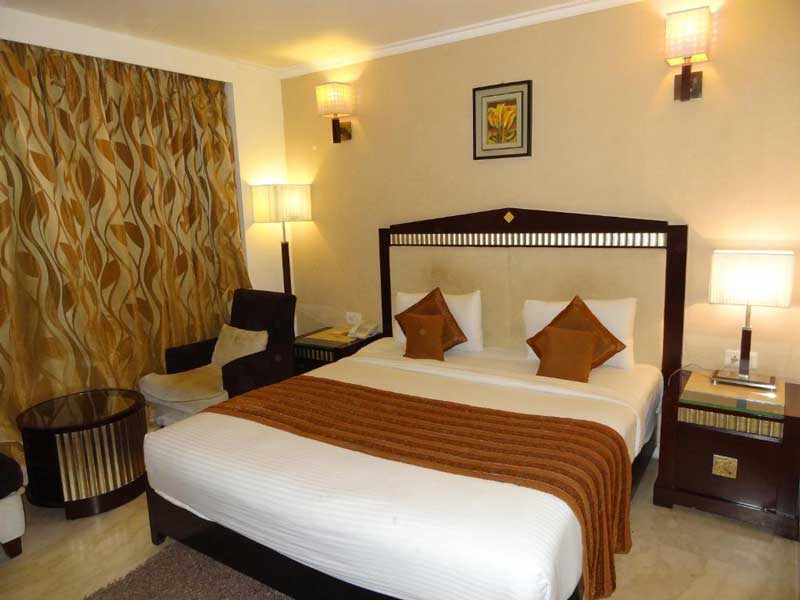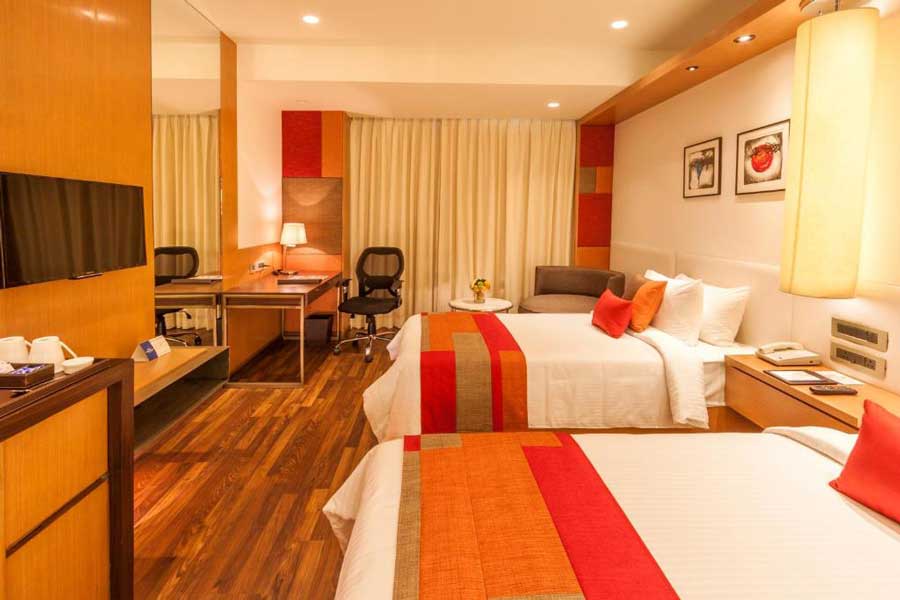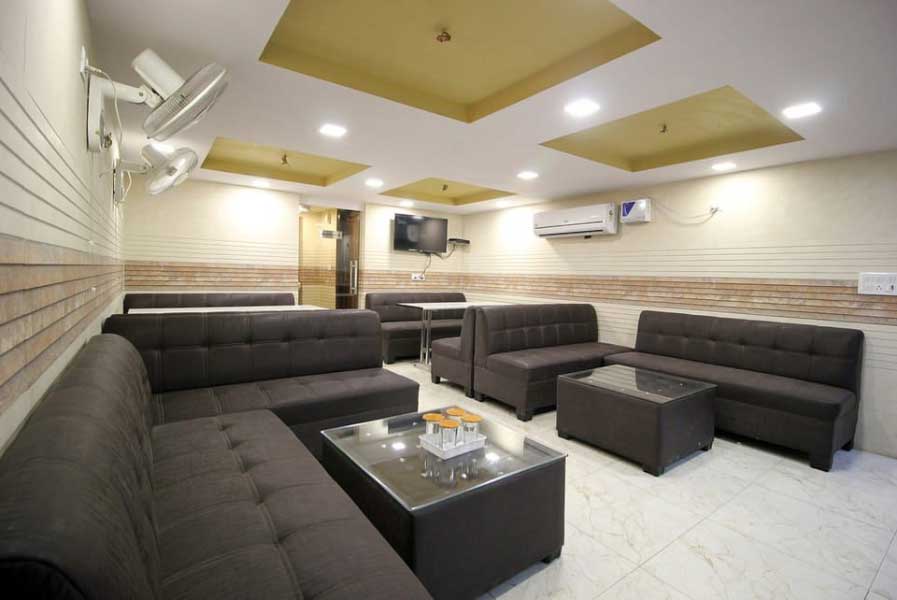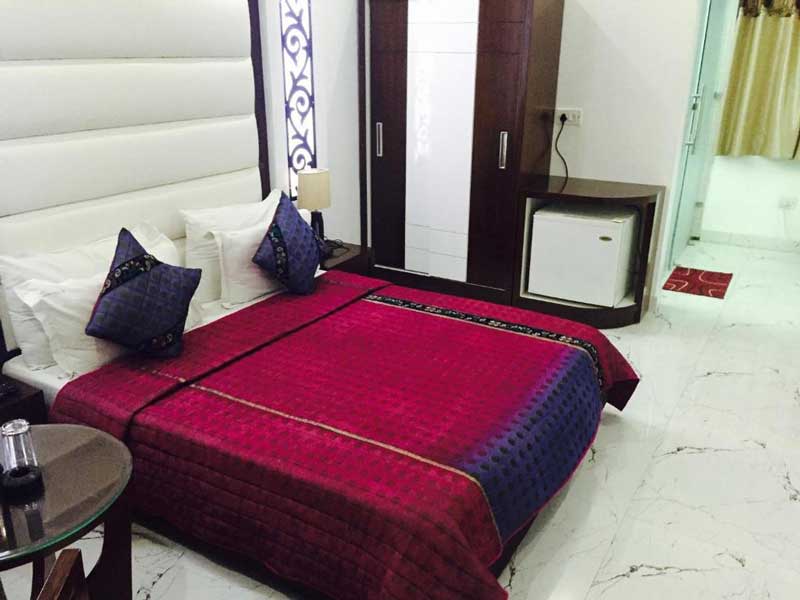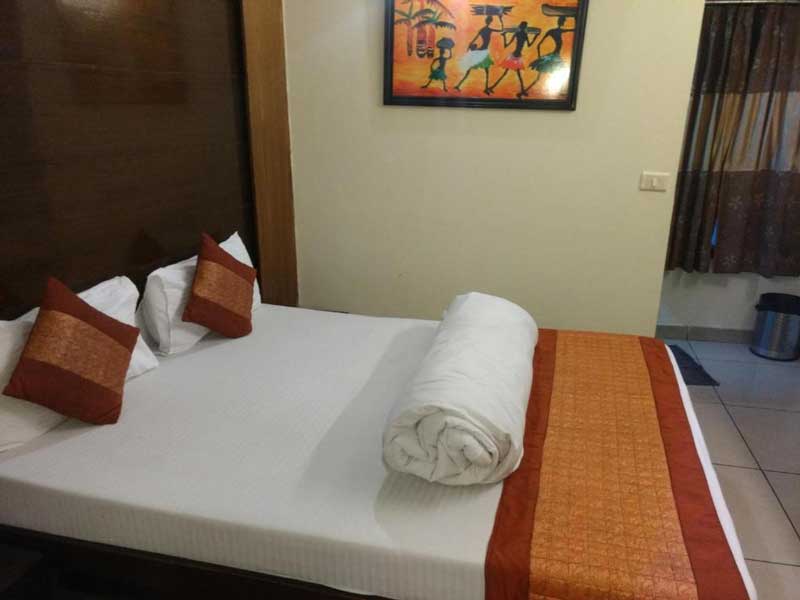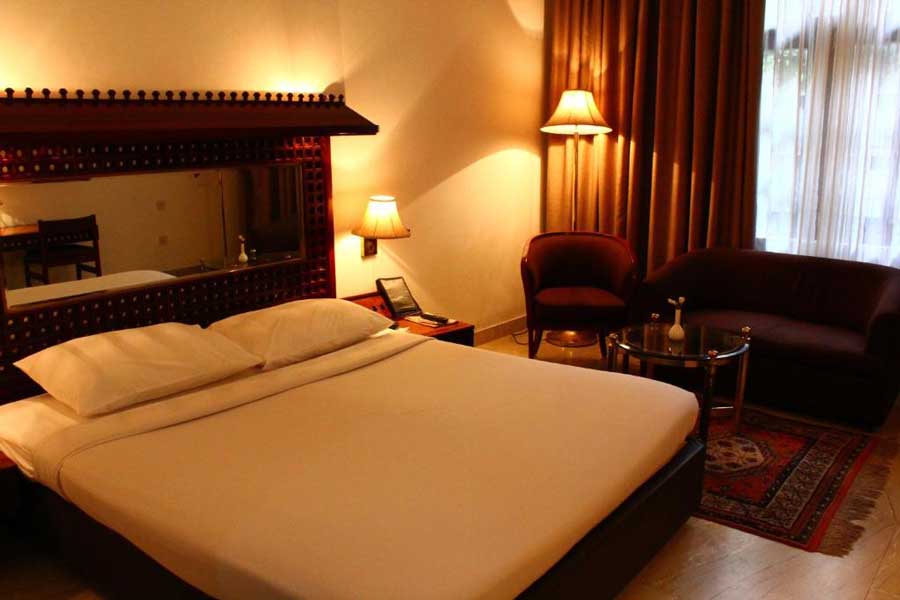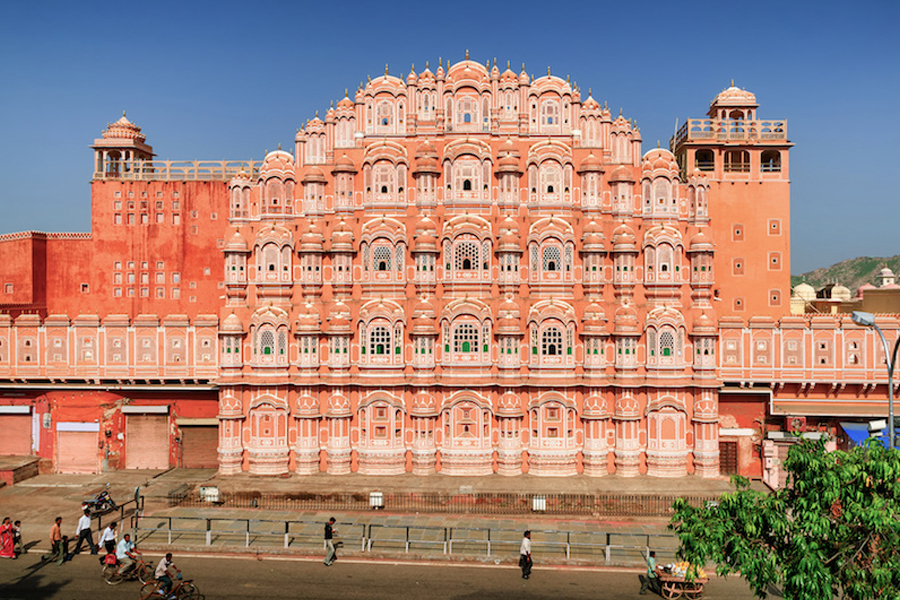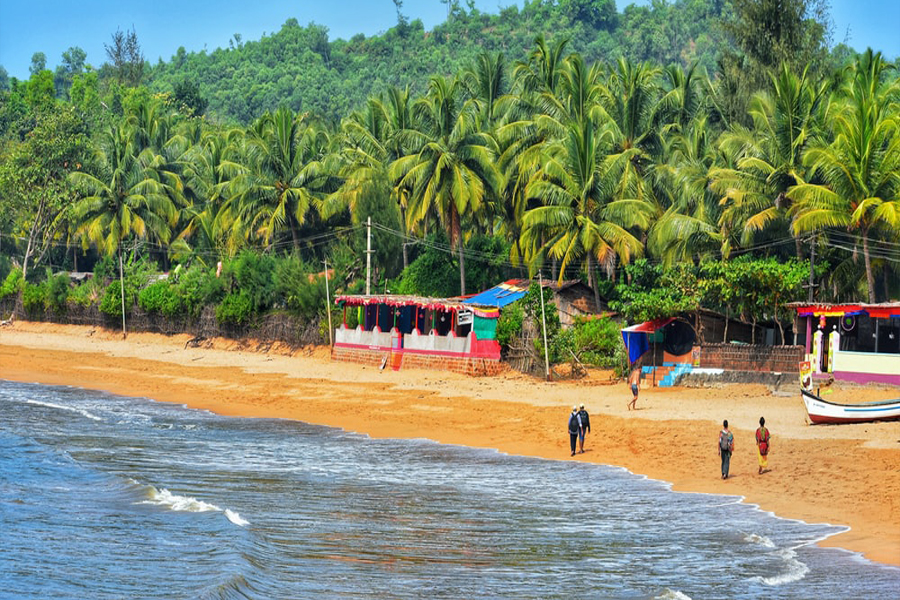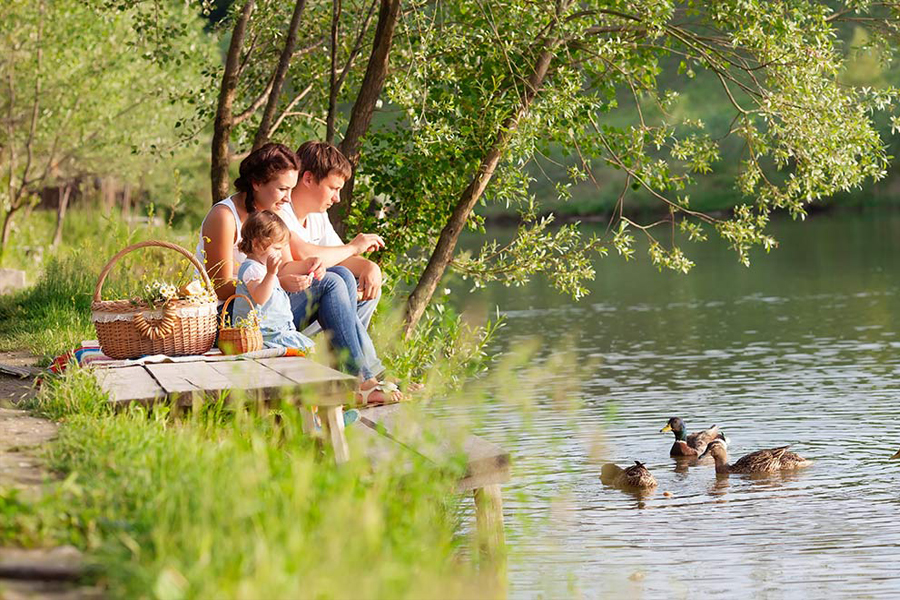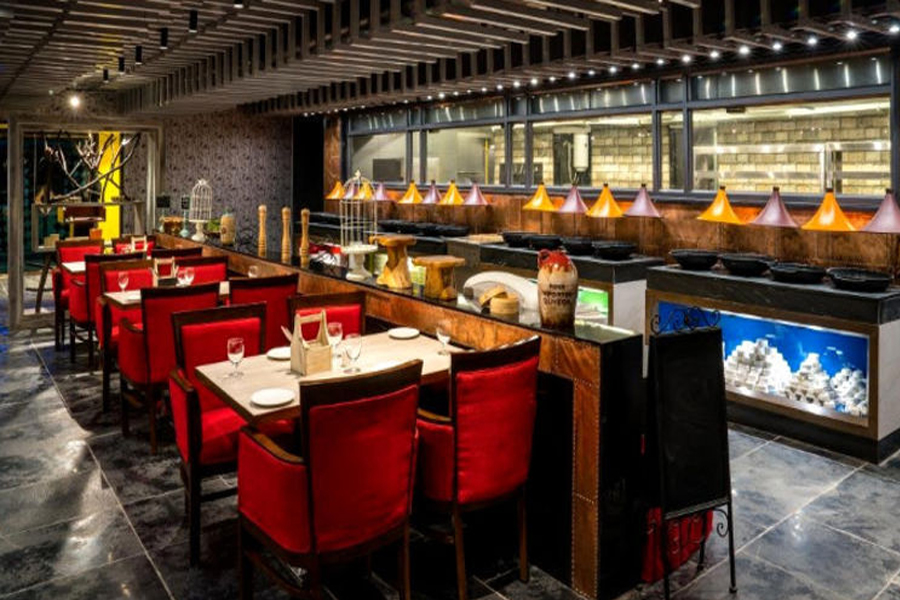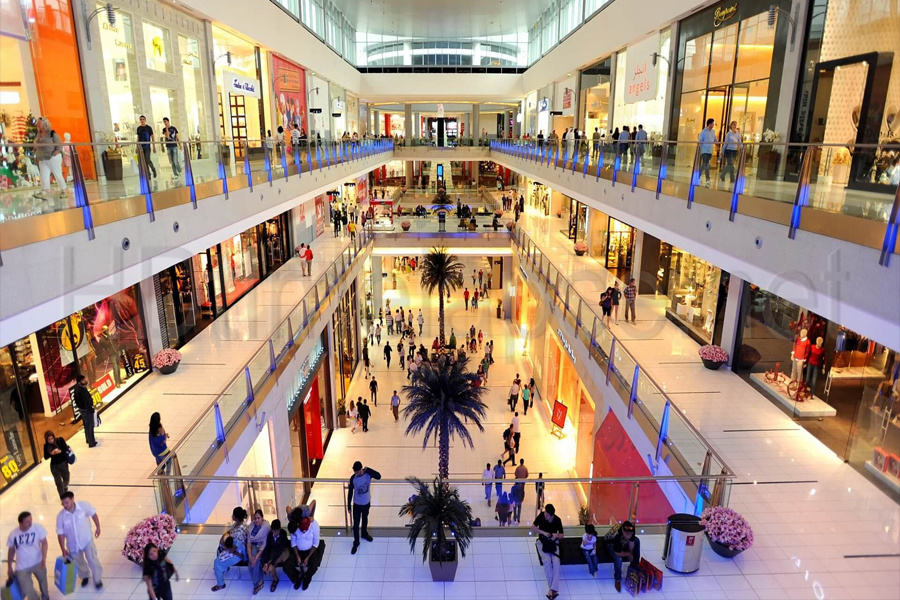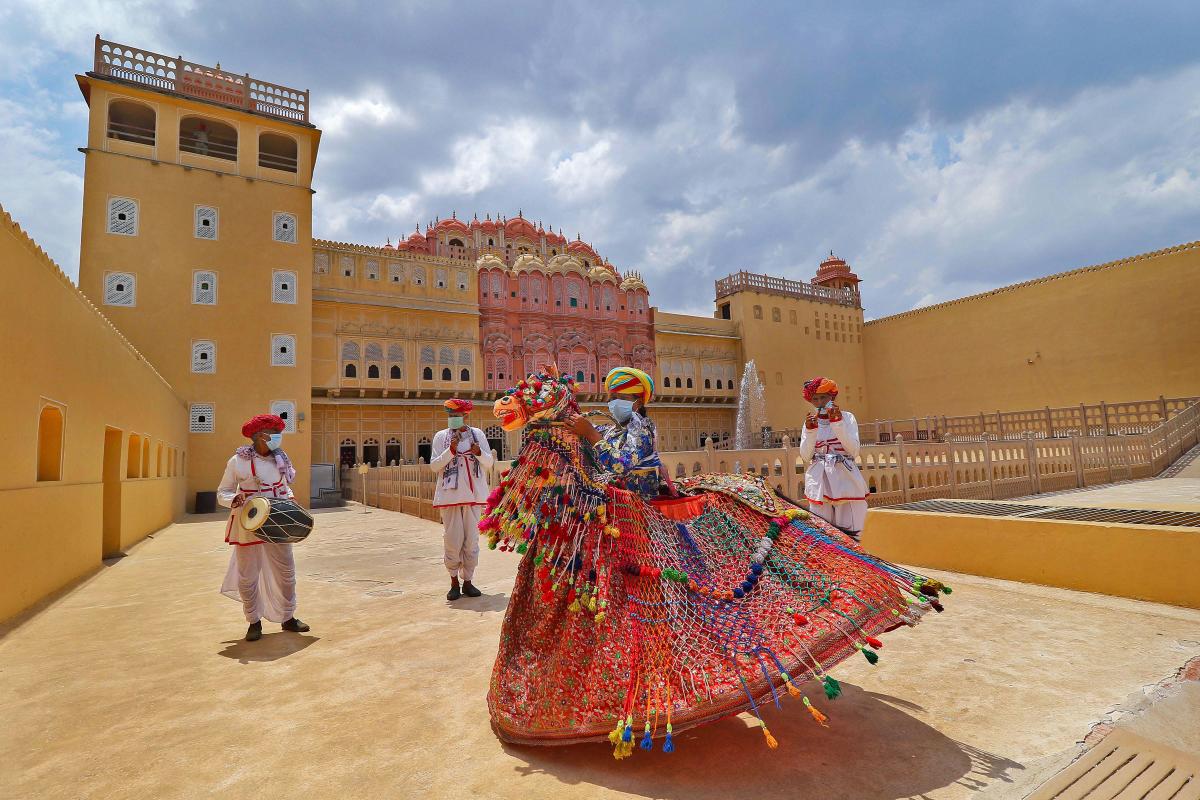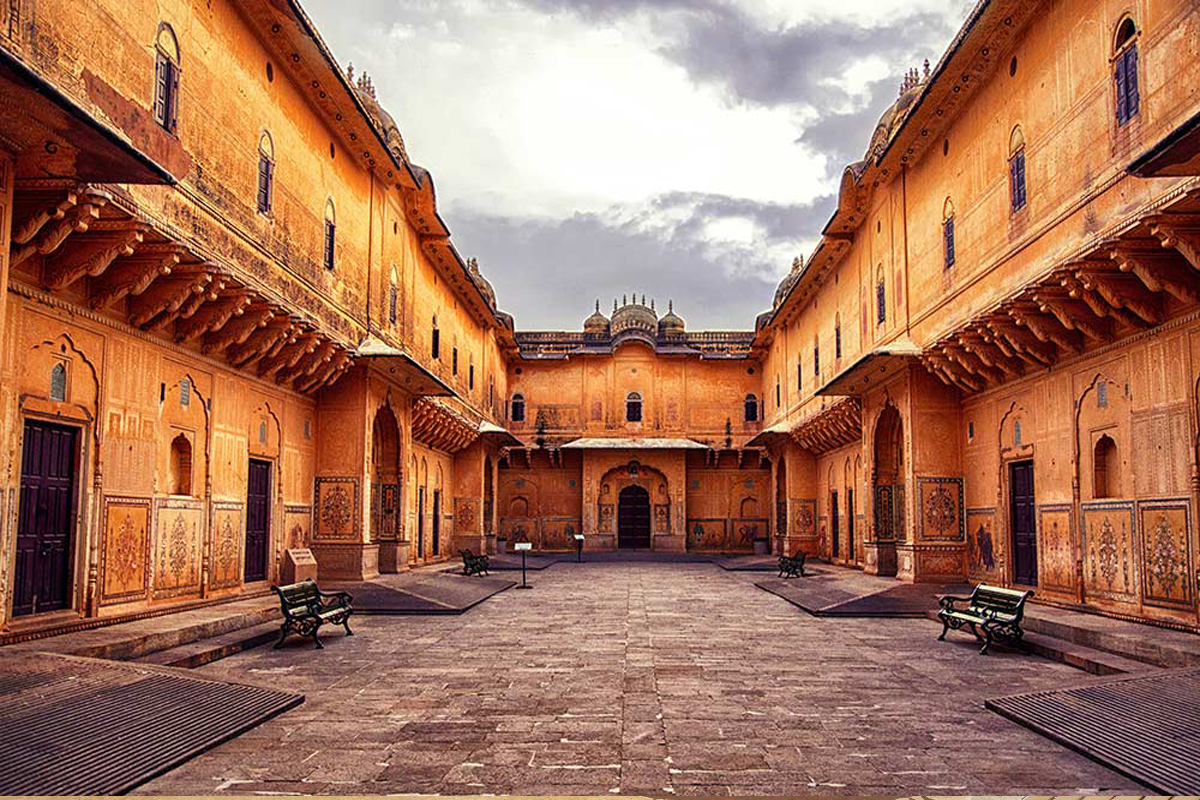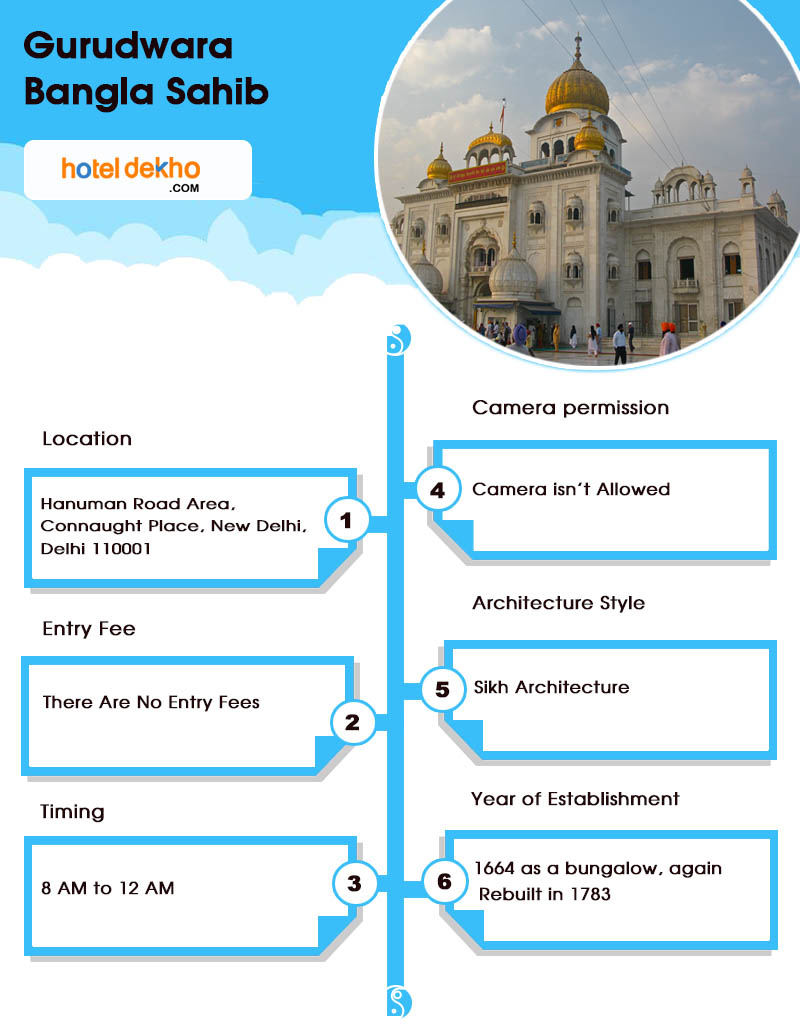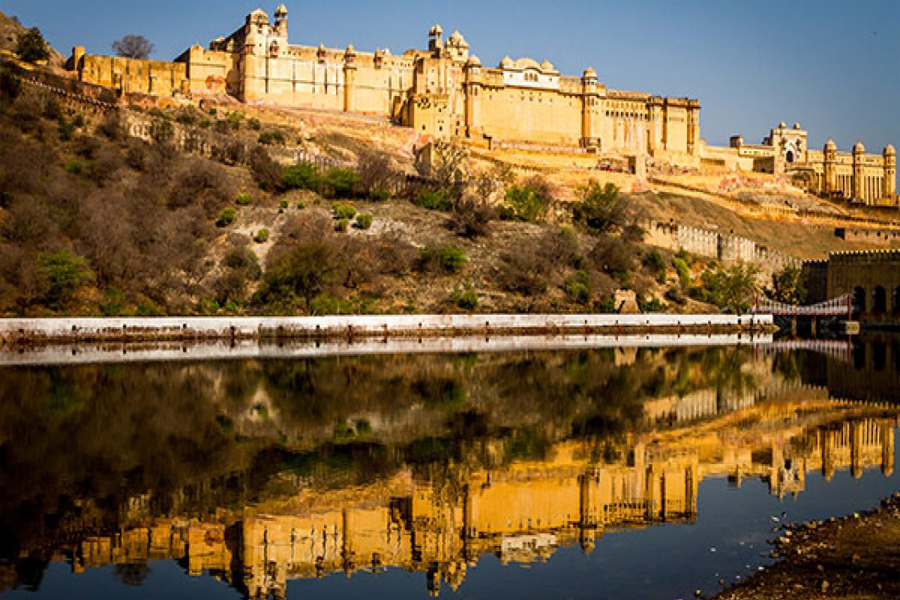Read More on Gurudwara Bangla Sahib
History
The Gurudwara Bangla Sahib Delhi was once a bungalow that belonged to the Raja Jai Singh of the Amer in the 17th century and was called Jaisinghpura Palace at that time. When Guru Har Krishan the eighth Sikh Guru visited Delhi in the year 1664, he stayed over at the palace itself. During the stay of the Guru, there was an outbreak of cholera and smallpox in the region, which led to several people losing their lives. People of the region have never witnessed such an outbreak.
Guru Har Krishan dedicated his services to the suffering following the teachings of Sikhism by giving fresh water from the well, many were cured after drinking the holy water. Unfortunately, the Guru contracted the same, which turned out to be fatal and he died on March 30, 1664.
Later on, Raja Jai Singh of the Amer had constructed a small tank over the waters of the well, and it is now popularly believed to have the powers to heal all kinds of diseases and health problems. Devotees coming to Bangla Sahib from all over the world take the water in bottles as souvenirs.
Architecture
The edifice of Gurudwara Bangla sahib Delhi is a magnificent example of Sikh architecture. The entire structure is carved out of a delicate white marble, with the central dome being covered in solid gold leaves. The front wall is decorated with intricated projected carvings and has various smaller domes.
The Nishan Sahib at the Gurudwara is a towering flagpole that proudly waves the Gurudwara's flag. The Gurudwara complex has several structures within its boundaries, such as an art gallery, the communal kitchen, charitable hospital, a higher secondary school, and even a 'Yatri Niwas' for tired pilgrims to relax and refresh themselves. The Gurudwara is also fully equipped with all the standard amenities such as air conditioning, toilets, and multi-parking space for the convenience of the devotees and visitors.
Activities
- Sarovar or the water tank at the Gurudwara can be used to take a dip.
- An art gallery depicting images and pictures related to the history of Sikhism is also located in the Gurudwara complex.
- The langar (communal kitchen) is where food for thousands of people is prepared and served daily.
- Baba Baghel Singh Sikh Heritage Multimedia Museum should be visited to see the legacy of this great religion.
- You can take part in the Prakash Utsav, which is celebrated to mark the birth anniversary of the tenth Sikh Guru, Guru Gobind Singh Ji.
Tips for visiting
- Man and women both are supposed to cover their heads.
- Alcohol is strictly prohibited inside the Gurudwara Bangla sahib Delhi.
- Do not pollute the water tank present at the Gurudwara.
- Do not worry about the lunch, you can enjoy great food in the langar.
Best time to visit
The best to visit the Gurudwara will be during the festivals like Prakash Utsav, Baisakhi, and Guru Purab. The atmosphere is so happening during these festivals and is something to be a part of. You can visit the place anytime and you will feel the same enthusiasm among the people who are serving there.
Nearby Atractions
- Birla Temple
- Rashtrapati Bhavan
- National Museum of Natural History
- Agrasen ki Baoli
- Gandhi Smriti
- Purana Qila
- Jama Masjid
Nearby market/ shopping places
Shankar market is a very famous market located very near to the Gurudwara. Various clothing outlets are available in the market offering a variety of clothes to choose from, especially for women.
Nearby Hotels
- Crowne Plaza Okhla
- The Lalit New Delhi
- Hotel Sun Village
- Hotel Stay Villa
Interesting Facts About Gurudwara Bangla Sahib
- Guru Har Krishan, who is also known as Bal Guru was only eight years old when he took it upon his shoulders to help the epidemic-hit people of Delhi.
- Seeing that the child is helping everyone, including the local Muslim population suffering from the epidemic, they honored him with the name Bal Pir (child saint).
- Many people were cured after drinking the holy water offered by the Guru.
- Since then, it is popularly believed that the water of the Sarovar at Gurudwara Bangla Sahib contains great miraculous powers capable of curing diseases and ailments.


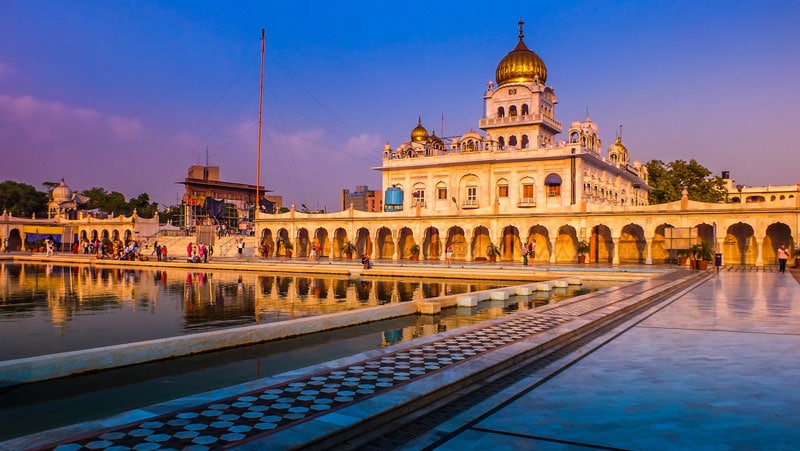
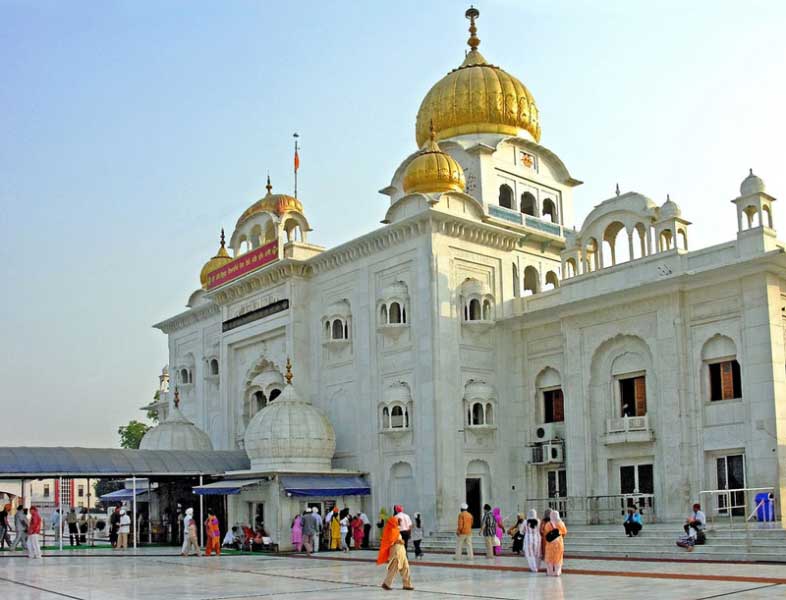
.jpg)
.jpg)
